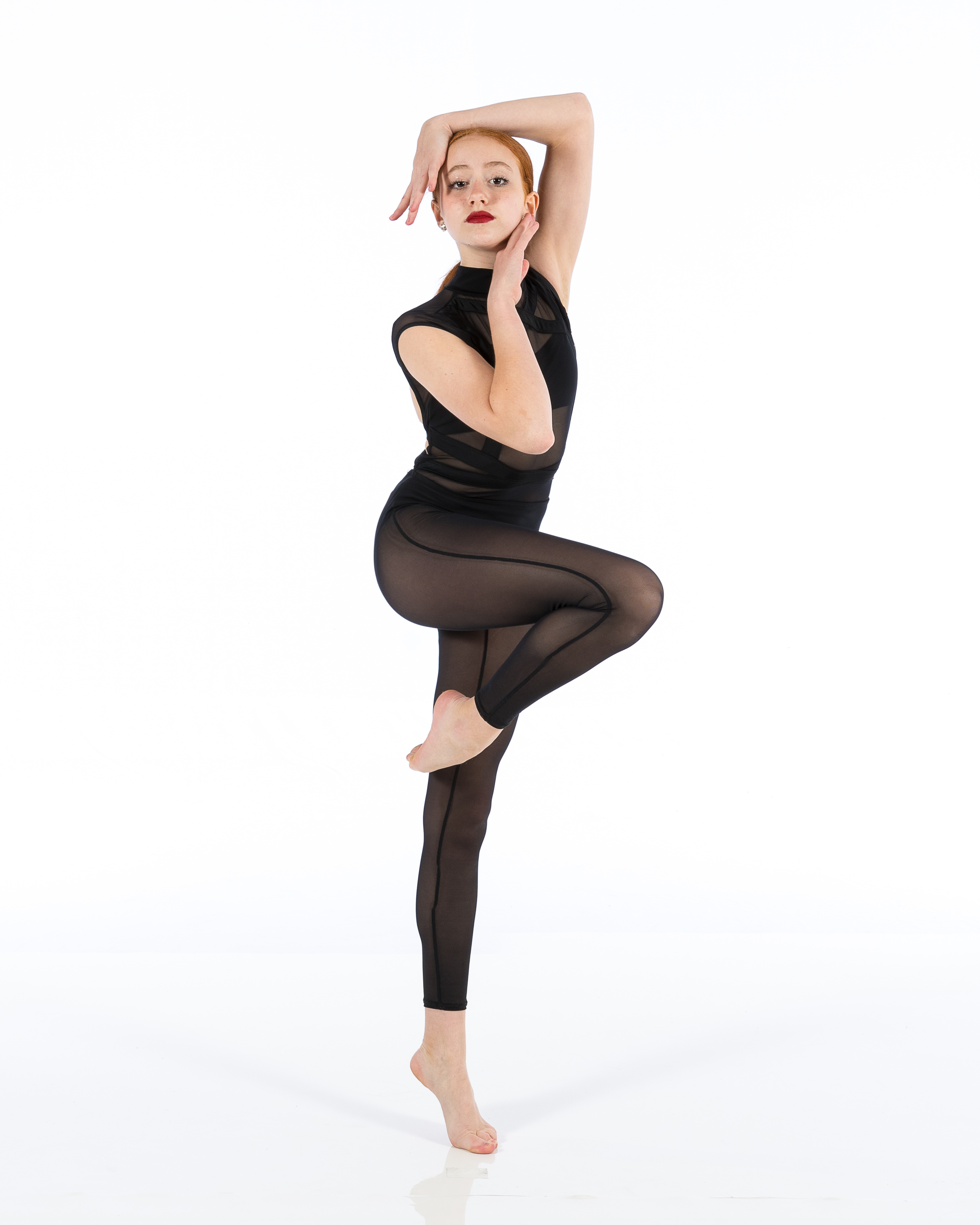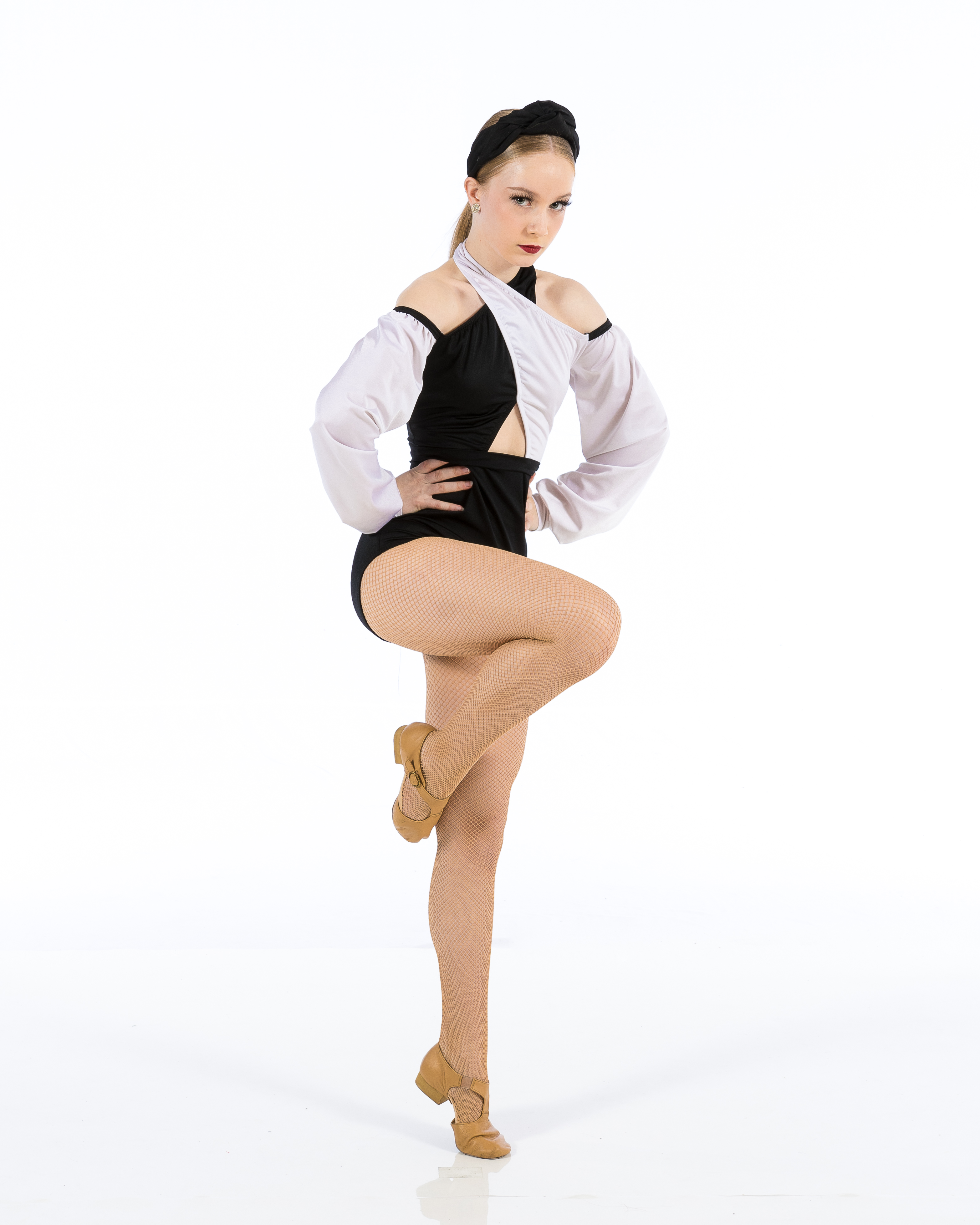Introduction
Dance is a universal language that transcends geographical boundaries and cultural differences. It's not just an art form but a means of expression, a celebration of life, and a way to connect with others. From the rhythmic beats of traditional dances to the contemporary styles that have taken the world by storm, the diversity in dance styles is nothing short of enchanting. In this article, we will explore various unique dance styles you might want to learn, appreciating their historical context, cultural significance, and the sheer joy they bring to those who participate.
Discovering Diversity in Dance: Unique Styles Worth Learning
When we talk about dance, it’s easy to think about ballet, hip-hop, or salsa. However, the world of dance is rich and varied—filled with styles that tell stories and evoke emotions from different cultures. This section will delve into some lesser-known yet captivating dance forms that deserve your attention.
The Beauty of Traditional Dance Forms
Traditional dances are often rooted in history and culture. They serve as a medium for storytelling and preserving heritage.
1. Kathak: The Storytelling Dance of India
Kathak is one of the eight classical dance forms of India, known for its intricate footwork and expressive gestures. Originating from Northern India, Kathak integrates storytelling through expressive facial expressions and hand movements called "mudras." Practitioners wear ornate costumes embellished with bells that enhance their performance through sound.

Key Characteristics:


- Fast footwork Spins (called "chakkars") Expressive storytelling through facial expressions
2. Flamenco: The Soul of Spain
Flamenco is more than just a dance; it's an emotional experience filled with passion and rhythm. Originating from Andalusia in Spain, it combines guitar playing, singing (cante), handclapping (palmas), and dancing (baile). Dancers often perform in vibrant dresses that swirl dramatically with each movement.
Key Characteristics:
- Passionate expression Complex rhythms Use of clapping and snapping fingers
3. Hula: The Heartbeat of Hawaii
Hula is not merely a dance; it's an embodiment of Hawaiian culture. It tells stories through gestures (called "hula motions") accompanied by chants or songs ("mele"). Hula performances can convey deep meanings related to nature or spiritual beliefs.
Key Characteristics:
- Utilizes gestures to tell stories Accompanied by music or chanting Often performed outdoors
4. Ballet Folklorico: The Colorful Tapestry of Mexico
Ballet Folklorico encompasses various regional dances throughout Mexico, showcasing the country's rich heritage. Each region has its own unique style characterized by vibrant costumes and lively music.
Key Characteristics:
- Colorful outfits representing different regions Blend of indigenous and Spanish influences Emphasis on community celebration
5. African Dance: The Rhythm of Life
African dance varies widely across different tribes but often features energetic movements synchronized with music played on drums. Each style serves a purpose—whether it be for celebrations, rituals, or storytelling.
Key Characteristics:
- Emphasis on community participation Use of improvisation Close connection to live drumming
6. Irish Dance: A Legacy Passed Down Through Generations
Irish dance has gained global popularity thanks to shows like Riverdance but remains deeply rooted in tradition. Characterized by rapid leg movements while arms are often held rigid at the sides or crossed over the body.
Key Characteristics:
- Quick footwork Emphasis on upper body stillness Group performances full of energy
7. Cossack Dance: A Display of Strength and Skill
Originating from Ukraine, Cossack dancing showcases athleticism with high jumps and impressive leg kicks known as "khorovod." Traditionally performed during celebrations or festivals.
Key Characteristics:
- High-energy performance Utilizes complex footwork Often performed in groups
8. Bharatanatyam: A Classical Indian Art Form
Bharatanatyam hails from Tamil Nadu in South India and is celebrated for its gracefulness combined with vigorous footwork—a true blend of emotion (bhava), melody (raga), and rhythm (tala).
Key Characteristics:
- Expressive hand gestures The emphasis on facial expressions Rich narrative content
9. Tango: The Passionate Dance from Argentina
Tango emerged as a fusion between European immigrant cultures in Buenos Aires during Doty Performance Dance Styles in King City the late 19th century. Known for its passionate embrace between partners, it’s both dramatic and intimate.
Key Characteristics:
- Close embrace between partners Complex footwork patterns Emotional connection conveyed through movement
10. Bhangra: Celebrating Punjabi Culture
Bhangra originated from Punjab as a harvest festival dance but has evolved into a popular cultural symbol worldwide—often featured at weddings or celebrations.
Key Characteristics:
- Energetic movements Colorful attire Incorporation of traditional instruments such as dhol
Exploring Contemporary Dance Styles
While traditional dances offer historical richness, contemporary styles add modern flair to the world stage.
11. Hip-Hop: The Voice of Urban Youth Culture
Hip-hop emerged from African American communities in New York City during the 1970s—an expression deeply linked to social issues faced by urban youth today.
Key Characteristics:
- Breakdancing Freestyle improvisation Street culture elements
12. Contemporary Dance: A Fusion of Techniques
Contemporary dance blends various genres—including ballet—and emphasizes individual expression while ignoring rigid structures found in traditional forms.
Key Characteristics:
- Fluidity across genres Exploration through improvisation Focus on personal interpretation
13. Jazz Funk: A Groovy Combination
Jazz funk combines elements from jazz choreography with hip-hop influences—a high-energy style perfect for commercial performances!
Key Characteristics:
- Sharp isolations Groove-oriented movements Strong musicality
The Importance of Cultural Context in Dance Styles
Understanding cultural context enhances appreciation for any dance form you choose to learn! Here’s why:
14. Preserving Heritage Through Movement
Many traditional dances serve as living archives—preserving stories passed down through generations while evolving alongside societal changes!
Why Is Cultural Context Important?
It helps dancers connect authentically. It fosters respect towards originating cultures. It enriches overall understanding & performance quality!15. Connecting Communities Across Borders
Dance connects people regardless if they speak the same language or share similar backgrounds! By learning diverse styles—you’re engaging directly within these communities!
Benefits Beyond Just Physical Fitness
Dancing isn't solely about cardio; it's also beneficial mentally & emotionally! Here are some perks:
16. Boosting Mental Health Through Expression
Dancing serves as an outlet for self-expression—allowing individuals to channel feelings creatively without needing words!
How Can Dancing Help Mental Health?
1) Reduces stress levels
2) Enhances mood via endorphins
3) Builds confidence
17.Social Connections Forged Through Movement
Taking classes provides opportunities to meet new friends while enjoying shared passions! Plus—the camaraderie formed during group sessions makes learning even more enjoyable!
What Are Benefits Of Social Dancing?
1) Helps develop teamwork skills
2) Encourages communication abilities
3) Creates lasting friendships
FAQs About Unique Dance Styles
1. What is the most popular type of dance today?
While preferences vary globally depending on geography & culture—hip-hop continues ranking among top choices due largely due its influence across multiple platforms including film & television!
2.Can anyone learn these unique styles?
Absolutely! Regardless age or background—most styles welcome beginners eager enough put forth effort into learning fundamentals before progressing further!
3.What equipment do I need for dancing?
Generally speaking—comfortable clothing allowing free movement along with supportive footwear suited particular genre will suffice initially until advanced levels where specialized gear may be required later down line!
4.Are there online resources available?
Yes indeed! Many platforms offer virtual classes ranging all skill levels providing flexibility convenience fit busy schedules nowadays!
5.Is dancing safe during COVID times?
Safety measures vary location wise however many studios implement protocols ensuring participants stay safe while still enjoying activities they love best ways possible given circumstances right now!
Conclusion
In conclusion, discovering diversity in dance opens up a world filled with unique styles worth learning—from traditional forms steeped in history like Kathak and Flamenco to contemporary expressions like hip-hop and jazz funk—they all come together creating beautiful tapestries woven through rhythm motion creativity connection culture! So why not take that first step today? Dive into this vibrant universe where every move tells story waiting unfold before your very eyes! Whether you're looking for physical fitness mental wellness social connections—dancing has something everyone can benefit greatly from embracing wholeheartedly exploring countless possibilities ahead waiting patiently discover them all!
Now go ahead lace those shoes up hit floor—you've got an exciting journey ahead ready begin!